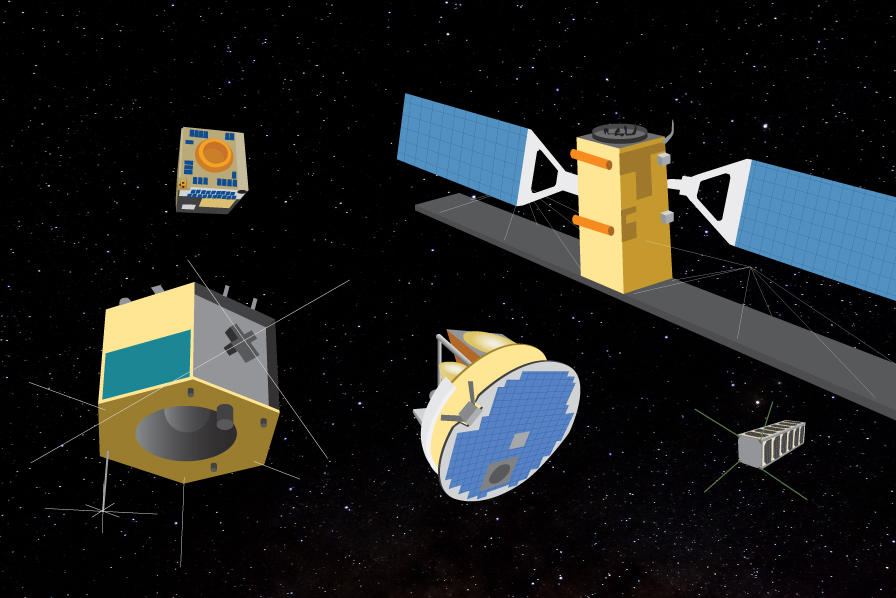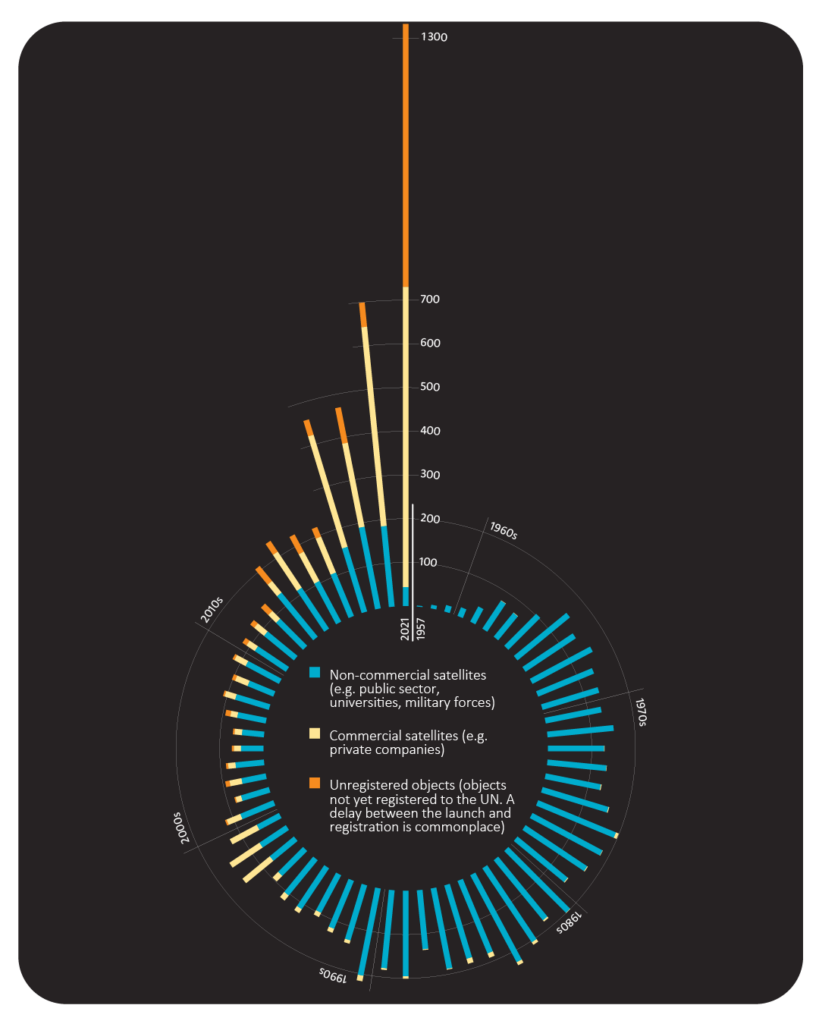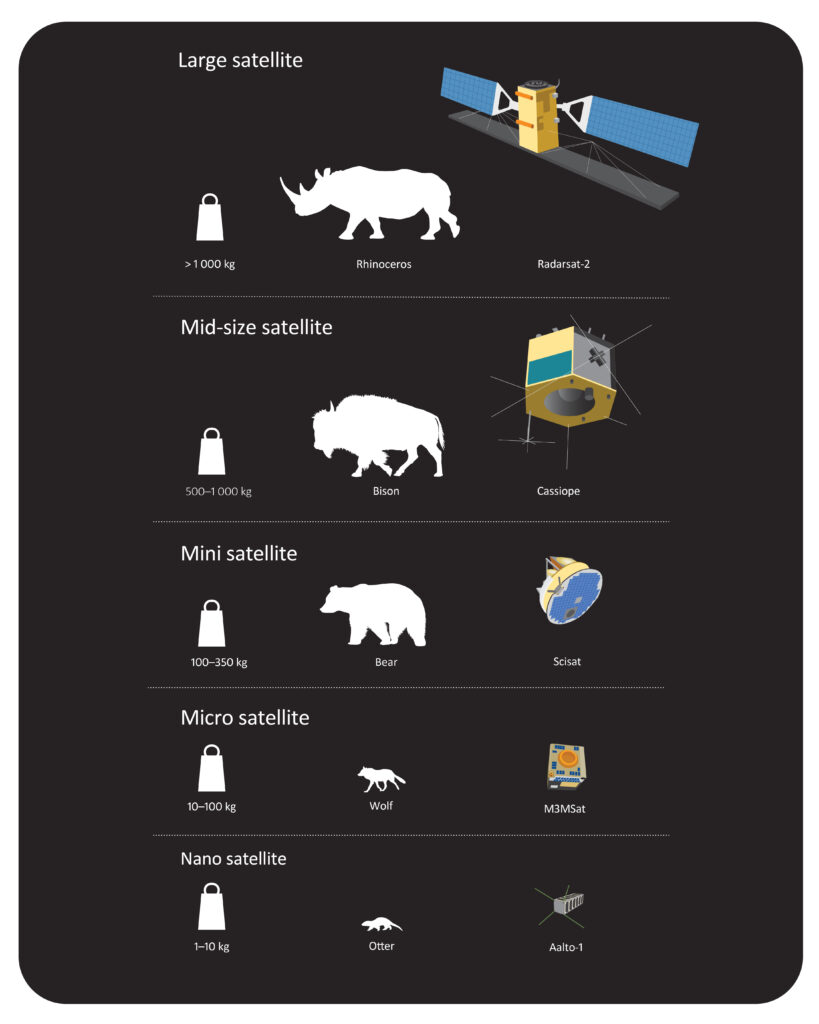Supergraph: Ever More, Ever Smaller – Satellite Industry Trends for 2020-2029

The supergraph was originally published in Alma Talent’s T&T. Alma Talent is a partner of Millennium Technology Prize.
A change is underway in the space surrounding us: ever smaller satellites are being launched in increasingly large fleets into orbit. There was a launching boom in the year 2020, and the pace seems to only get faster as the decade progresses.
Satellite industry trends for 2020-2029 (according to Euroconsult)

- 2020 was a milestone year for satellites: for the first time in history, more than a thousand satellites were launched. The launches were executed in 114 rocket launches.
- Aided by commercial actors, the pace of 1000 satellites per year will be the new standard of the decade.
- During the current decade, commercial fleets constitute 70 percent of all satellites, but only 8 percent of the production and launching costs. Satellites are getting smaller, their price per unit is decreasing, and the amount per launch is increasing.
- 50 percent of satellites launched during the 2020s belong to four large companies building fleets of small satellites: Oneweb, Starlink, Telesat, and Kuiper.
- Despite the growth of commercial space activity, state governments remain the largest customer for the field with an 80 percent share of satellite production and launching costs.
Humans have launched thousands of objects into space after the satellite Sputnik, launched in 1957. In recent years, the number of launches has significantly increased, mostly due to commercial actors. While the number of satellites has increased, their average size has grown smaller.
Satellite size classification

SOURCES
DISCOSweb (European Space Agency’s database), Annual space environment report
Euroconsult’s Satellites to be built and launched by 2029 summary
asc-csa.gc.ca (Canadian Space Agency)
unoosa.org (United Nations Office for Outer Space Affairs)
















